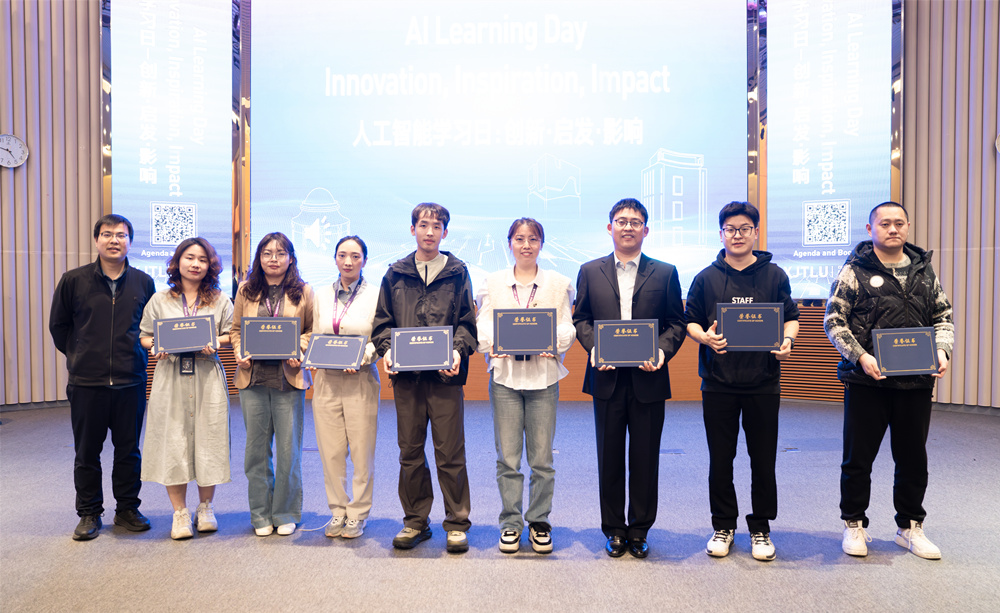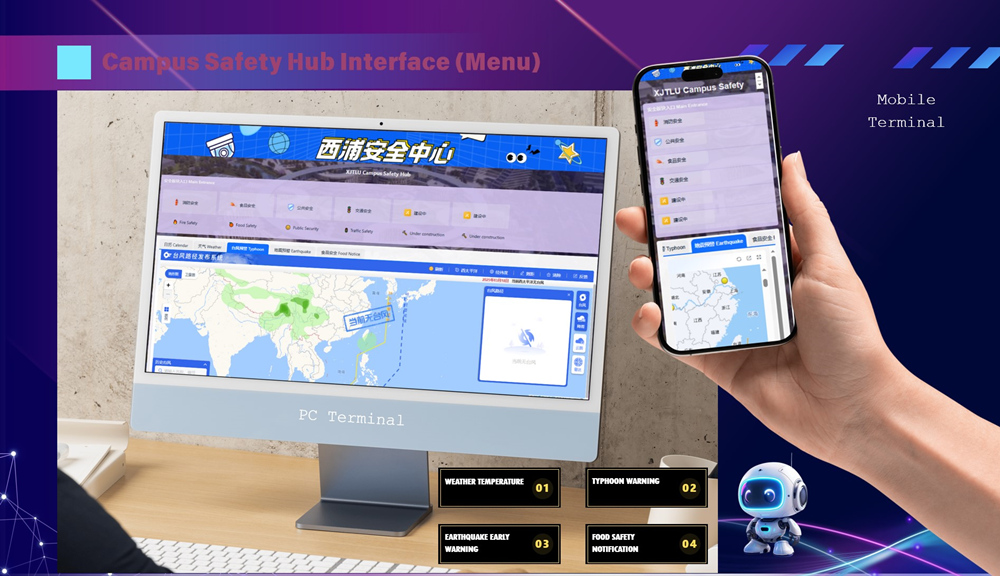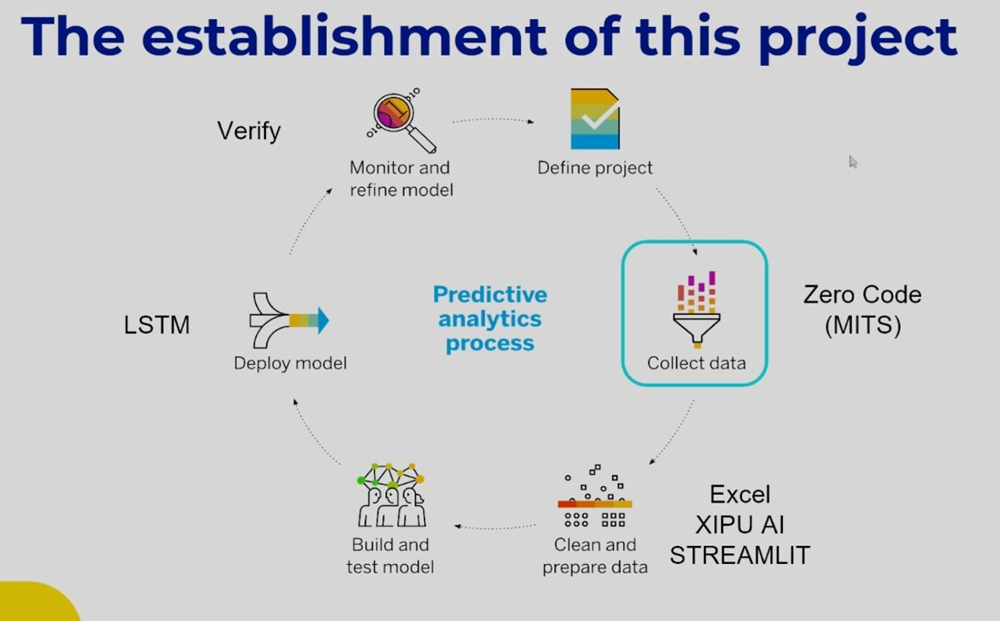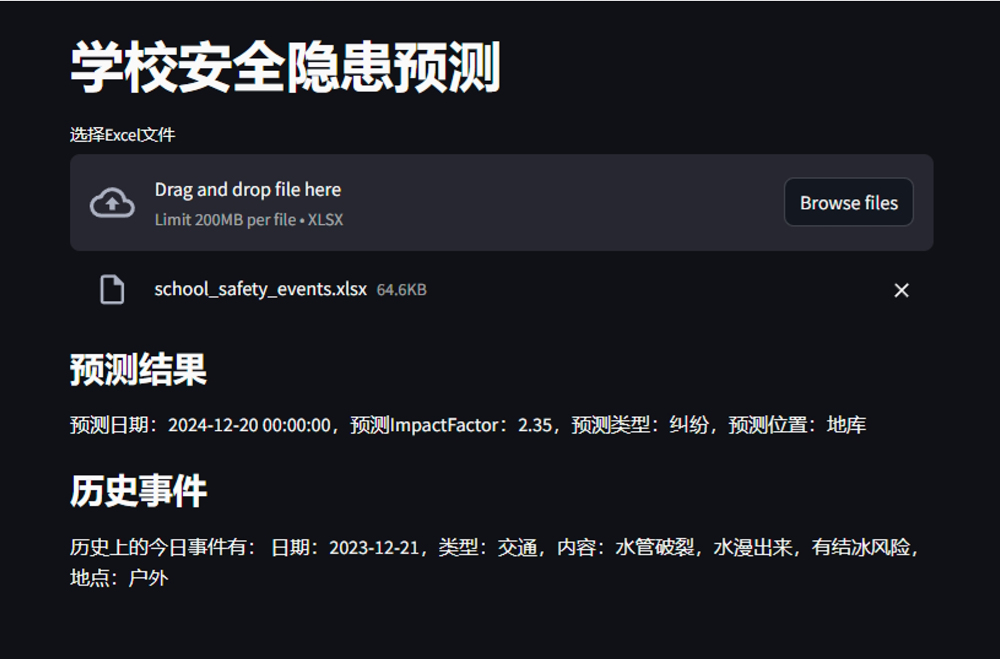
XJTLU security team harnesses AI to predict hazards
Xi’an Jiaotong-Liverpool University has unveiled an innovative smart solution to enhance the security management of its wall-less campus, ensuring an open, inclusive space for teaching, research, and community outreach.
The Campus Safety Hub, which combines a no-code development platform with an AI prediction model, was recently showcased at XJTLU’s second AI Learning Day as part of an interactive area demonstrating how digital technologies can help improve campus security.

A view of XJTLU Entrepreneur College (Taicang)
A key feature of the platform is the incident reporting system, which provides a unified, user-friendly interface for security, logistics, and other personnel to report fire hazards, traffic problems, public order concerns, extreme weather, or other issues.
The system enables the exchange of text, photos, and risk-level assessments, and is pre-configured with a wide range of options and dropdown menus for speed and accuracy, explains Yue Cui, who led the project for the Security Team at XJTLU’s Campus Management Office (CMO).

Yue Cui (second from the right) at the second AI Learning Day
In addition to facilitating data collection, the system also brings efficient data management, robust storage capabilities, and a strong potential for data analysis. All information is stored centrally in a database of the no-code development platform provided by XJTLU’s Management Information Technology and System Office (MITS), creating a solid foundation for the feature engineering. The process transforms raw data into a machine-readable format, making it suitable for machine learning.

The PC and mobile interfaces of the XJTLU Campus Safety Hub
While the no-code platform enables the timely input of security data, the AI-powered Open Campus Security Prediction Model generates outputs based on accumulated data.
Cui says that traditional approaches to security management focus on handling incidents and emergencies after they happen, with few effective tools for predicting risks. XJTLU is leading the efforts in this area.
The University’s prediction model, which uses XIPU AI and long short-term memory networks as the core algorithm, analyses data on the timing, location, and types of past incidents to identify patterns and trends in security risks, allowing for the development of targeted strategies and measures. This shifts the approach from passive responses to proactive planning and prevention.
For example, were the model to predict increased traffic congestion in a period of extreme weather, the CMO could adjust the routes and frequencies of security patrols as needed. Education campaigns can also be held on campus to raise awareness of common risks.
However, Cui noted that the volume of information in the database is still limited. While gathering more historical data, the team is accelerating parameter adjustments and model upgrades to enhance the accuracy and reliability of the predictions. This will enable dynamic monitoring, precise risk assessments, and effective early warnings.

Project flowchart

The interface of the campus security prediction model
The CMO’s solution also won the Best Innovation Award in the Digital Platform Empowerment Competition hosted by MITS.
By Luyun Shi
Edited by the International Communications Team
Photos by Lezhi Li and some provided by XJTLU Campus Management Office
Distribution channels: Education
Legal Disclaimer:
EIN Presswire provides this news content "as is" without warranty of any kind. We do not accept any responsibility or liability for the accuracy, content, images, videos, licenses, completeness, legality, or reliability of the information contained in this article. If you have any complaints or copyright issues related to this article, kindly contact the author above.
Submit your press release